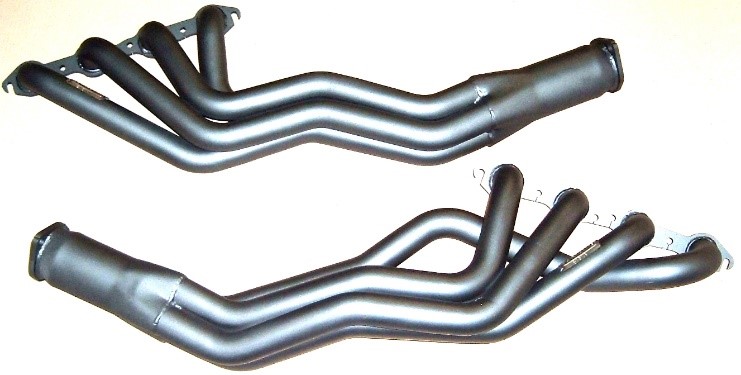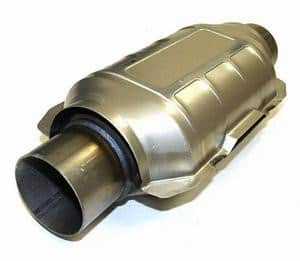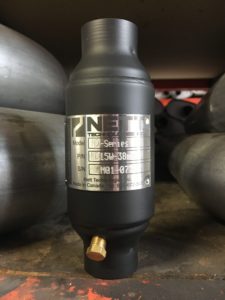Standard Exhaust Systems
Suppose you are searching for a company to repair or replace the Standard Exhausts Systems on your vehicle. Call Jackson at (03) 9791 8455 today.
Experience Quality Exhaust Installation
Your vehicle’s Standard Exhaust Systems have a critical role in the efficient operation of your car and for your and your family’s safety. Your vehicle’s exhaust system functions in the following ways:
-
Removes hot poisonous gases from your engine, keeping them away from your car and its occupants. Converting them into more environmentally friendly emissions
-
Reduces engine noise to acceptable and legal levels and improves your engine’s performance and fuel economy
Don’t forget to contact Daalder Exhausts if you need assistance with your Standard Exhaust Systems. We’ve got you covered!
Exhaust Manifold / Extractors / Headers

Engine Pipe
The engine pipe connects the manifold to the catalytic converter. Exhaust gases will have cooled to around 1100°C by passing through the engine pipe. Again, the most common reason for engine pipe failure is cracking due to excessive heat.

Catalytic Converter

Diesel Particulate Filter (Only Certain Diesel Vehicles)

